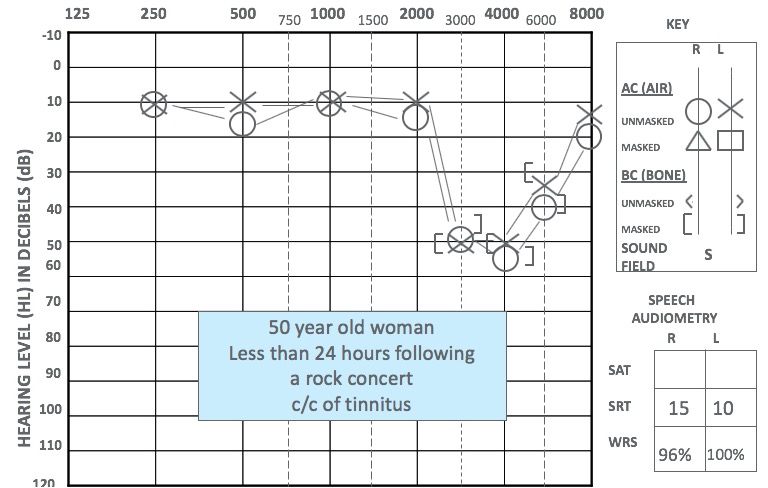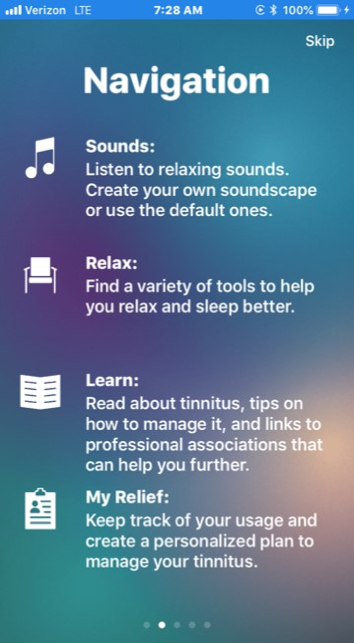Publication date: Available online 31 July 2018
Source: Gait & Posture
Author(s): Kim Allison, Michelle Hall, Tim V. Wrigley, Yong-Hao Pua, Ben Metcalf, Kim L. Bennell
Abstract
Background
Hip osteoarthritis (OA) is a significant cause of disability, with hip pain and reduced external hip moments during walking being key features of the condition. The external hip adduction moment is greater in healthy women than men, however these between-sex differences are not evident in those with end-stage hip OA. Whether sex-specific hip kinetics are associated with early-midstage hip OA has not been investigated and may be a potential target for directed treatment.
Methods
Thirty-eight women and twenty-eight men with a diagnosis of symptomatic, unilateral, mild-to-moderate hip OA (Kellegren-Lawrence Grade 2 or 3) underwent three-dimensional gait analysis of normal walking gait using Vicon motion capture. Hip joint, trunk and pelvic angles and hip moments were calculated using the Plug-in-Gait model. The external peak flexion moment, and the first peak, second peak and mid-stance minimum of the hip adduction moment during the stance phase of walking as well as hip, trunk and pelvic kinematics occurring at the three moment time points were compared between groups using an analysis of covariance.
Results
Women with hip OA exhibited a greater external hip adduction moment (mean difference 0.8-1.3 Nm/BW.Ht(%), P < 0.05) and greater hip adduction angles (mean difference 2.8-4.9 degrees, P < 0.05) throughout stance than men. Men walked with a greater forward trunk lean than women during early to midstance (mean difference 2.9-3.5 degrees, P < 0.05) than women.
Significance
In contrast to late stage hip OA, between-sex difference in hip joint kinematics and kinetics are preserved in early-midstage hip OA.
from #Audiology via ola Kala on Inoreader https://ift.tt/2NZbGAw
via IFTTT

